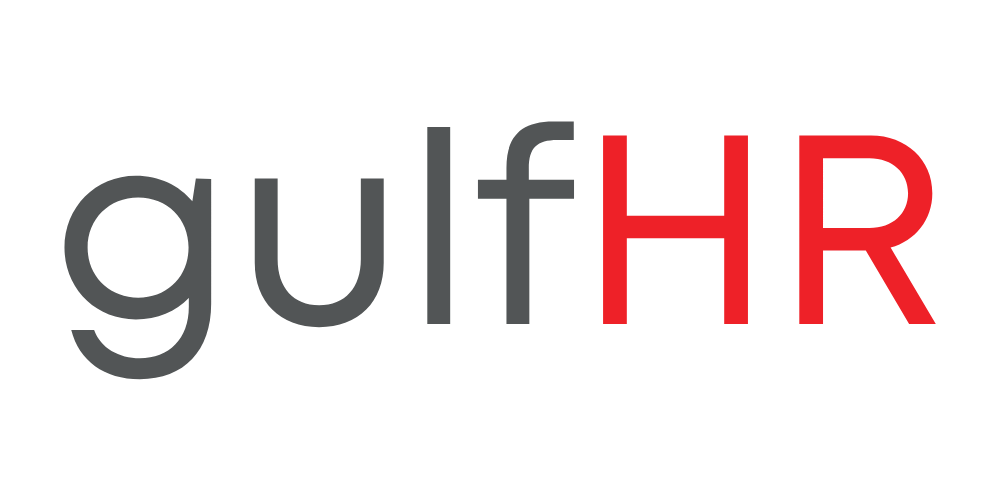REMOTE, ONSITE & HYBRID WORKING MODELS
PRO’S & CONS
February 2022
We investigate three models of working: onsite, remote and hybrid. Each has its own characteristics, benefits and challenges.
Onsite work
Onsite working is defined as employees coming to an office or other worksite to conduct their work.
Benefits:
- Workers have fewer distractions from family.
- Coworkers are more interactive and communicative when they’re onsite with one another.
- It can be easier to create and maintain a cohesive company culture.
- This in turn can foster a sense of purpose.
- Employees might feel more supported, with a perception of easier access to help.
- Workers have easier access to equipment and facilities.
- It’s easier to maintain structure or routine if employees work onsite. This can, for some, improve productivity and instil discipline.
Challenges:
- Companies must maintain overheads for office spaces.
- Commuting can be stressful, expensive and long.
- The company increases its carbon emissions because of the maintenance of a space, energy costs and more, while staff increase their carbon emission to get to the office.
- Colleagues can be distracting one another from their work.
- Just as a cohesive company culture can create solidarity, it can alienate others because it can feel exclusive.
In some industries, onsite work is the most productive option of all. Think of manufacturing, retail services and health and beauty services.
Remote work
Although some companies operated remote work policies before the dawn of Covid-19, it was not the norm. The worldwide pandemic hit hardest those businesses that didn’t have infrastructure to support workers offsite. Those who survived had learned valuable lessons in providing for a remote workforce, even if only for emergencies.
Even before the onset of Covid-19, emerging research suggested that employees are happier and increase their productivity when they work offsite.
As with everything, remote work has pros and cons.
Benefits:
- Increased productivity – for some.
- Employees have greater flexibility with their time, to work from anywhere at any time.
- Staff save money, time and stress because they don’t have to commute.
- Staff have more time with their families.
- When working offsite, employees have fewer distractions from colleagues.
But for all the benefits there are also drawbacks in working remotely.
Challenges:
- Some employees can experience social isolation detrimental to emotional and mental wellbeing.
- For some, it may be difficult to draw clear boundaries of when to log off. Therefore there is a tangible risk for some employees to burn out.
- Working in a team on the same projects can be challenging across different time zones, variable access to telecommunications, internet, software and other infrastructural challenges.
- Some remote workers report “Zoom fatigue”, where they experience extreme tiredness after a long day’s meetings in virtual meeting rooms.
- Onboarding new staff can be challenging when done remotely. Making them feel welcome, integrate them successfully and get them to understand company culture can be difficult.
Hybrid work
Hybrid is a combination between working onsite and varying configurations of working remotely.
The hybrid models vary according to particular organisations. Some companies offer flexibility to employees to choose how many days they want to work onsite or remotely. Some companies specify remote workdays for all staff, or in specific teams.
Whatever the combination, with hybrid work employees work both remotely and onsite, not just one or the other. Therefore, hybrid work broadly offers the benefits of working onsite and of working remotely, in one model.
Benefits:
- Employees enjoy the flexibility to work from remote locations.
- When they come to the office, employees have the change to interact with colleagues onsite.
- When workers work remotely, they reduce their travel cost to the office and their carbon footprint would be smaller because they’re commuting less.
- In turn, if employees want to work partly on- and offsite, they have the option to reduce their overheads or need for office equipment.
Alternately, hybrid work can present many of the same challenges of working either completely onsite or completely remotely.
Challenges:
- Teams might divide according to on- or offsite working camps. There could be a divide in culture, social bonding and workflows.
- Working on the same projects can be difficult between teams if some team members have different workflows or processes due to hybrid working patterns.
- Managers have disproportionate interactions with teams, depending on whether they work more on- or offsite.
Best of both worlds
Workplace surveys show that employees value having the choice to work either on- or offsite or a combination of the two. Human resources have the capacity to rise to the challenges of remote or hybrid working models to improve employee experience, branding, culture and more.
gulfHR has region-specific HR software solutions that are flexible and customisable
GAIN INSTANT ACCESS TO OUR PLATFORM
Try the expert demo now to see the latest HR features and development in action.
Let’s talk. We’re only a call away
Alternatively send us a message or an email to [email protected]
